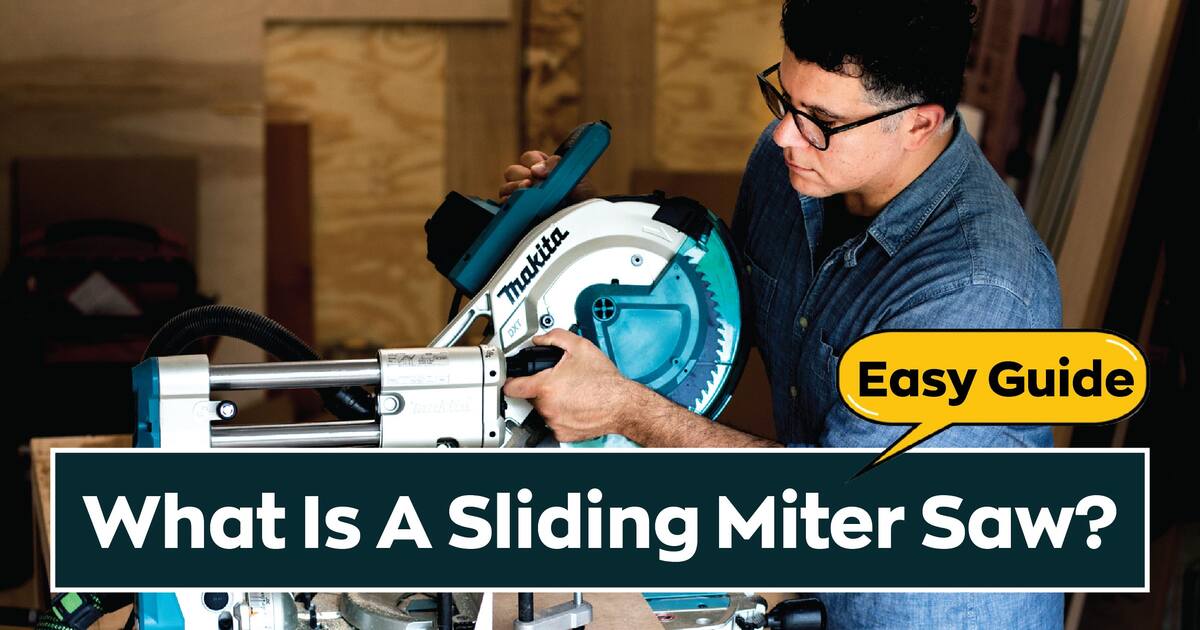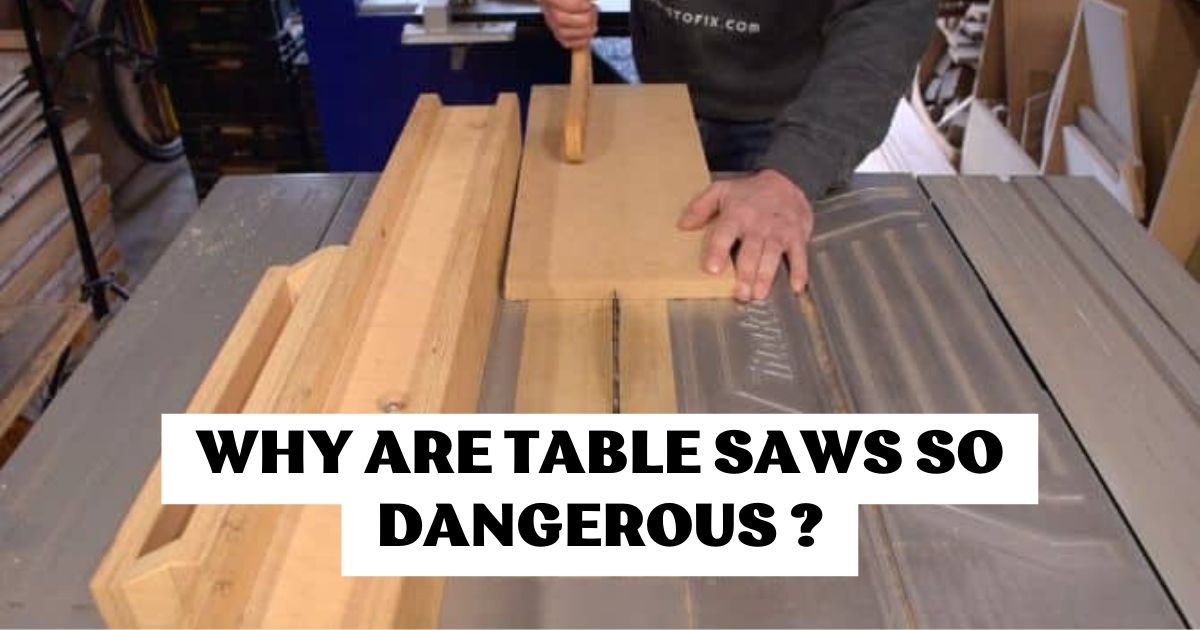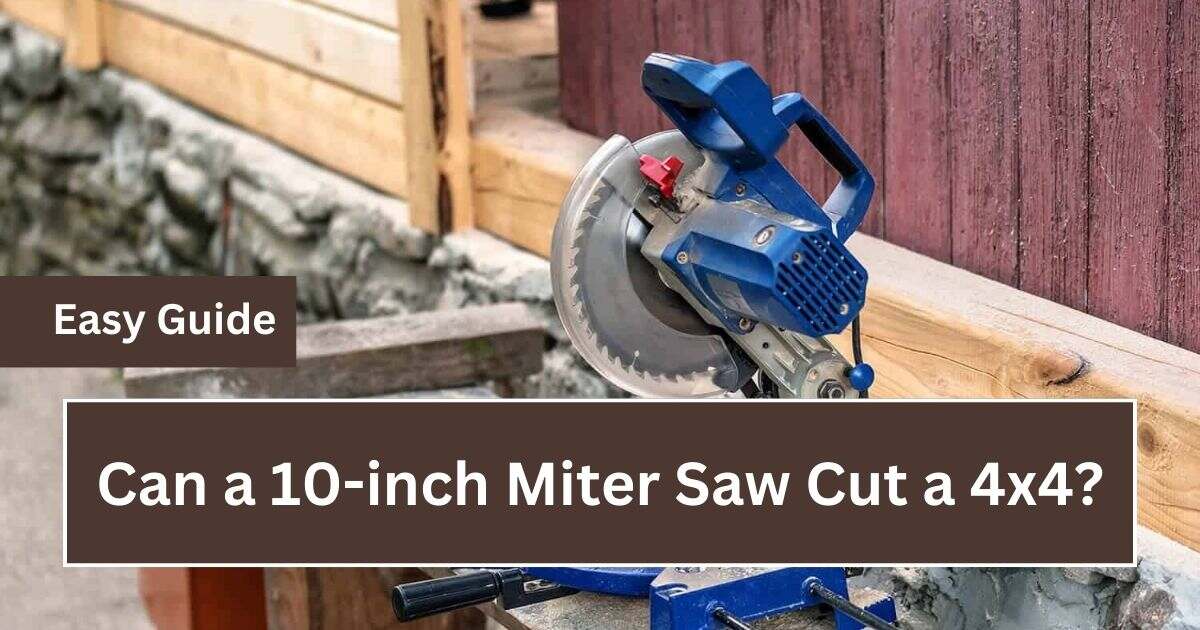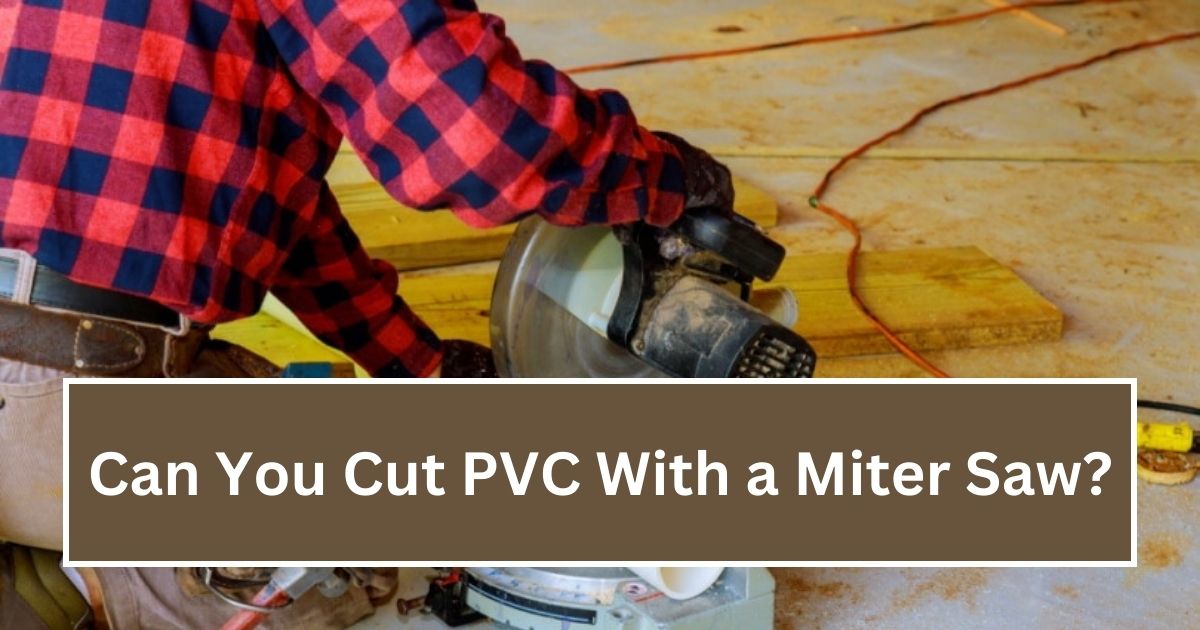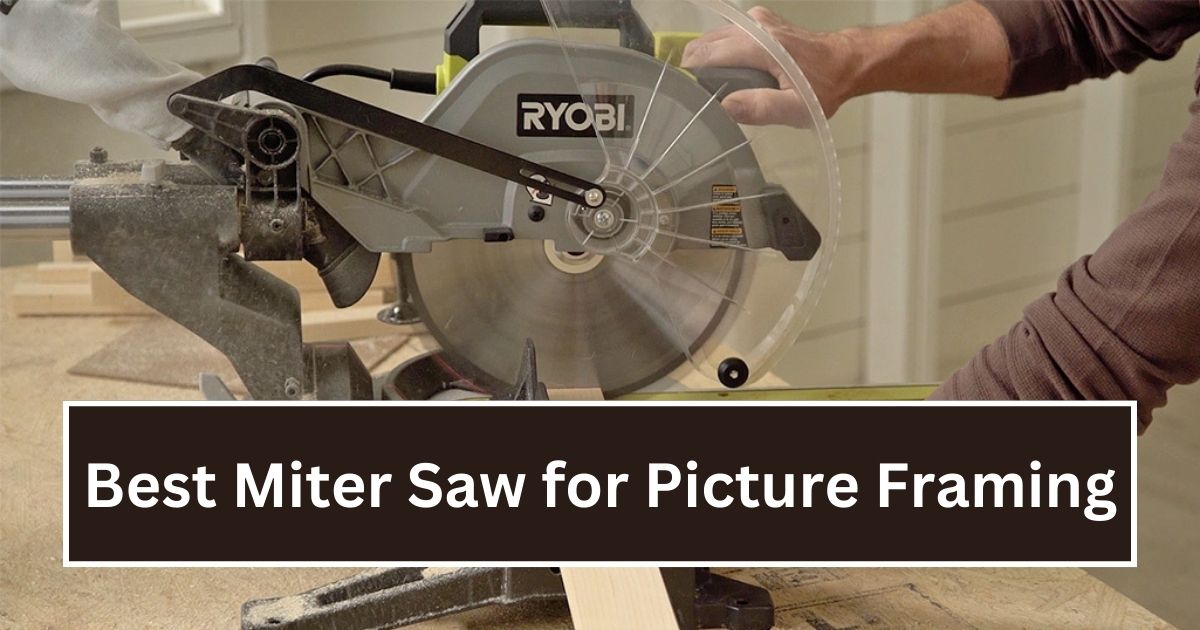If you’re reading this, it’s safe to assume you know how essential power tools, especially a miter saw, are for woodworking.
Aside from that, I bet you’re wondering what the difference is between a miter saw that slides and one that doesn’t.
A sliding miter saw has rails that make it possible for the blade to move both forward and backward. A miter saw that doesn’t slide doesn’t have these rails and can’t move.
You want to read the whole guide, but you don’t have enough time. I’ve made a quick summary of what is a sliding miter saw and how it is different from a non-sliding miter saw.
What Is A Sliding Miter Saw?
A sliding miter saw is another kind of miter saw. It has a blade that moves backward as it slides forward on rails, so you can cut wood boards up to 12″ or 16″ long.
Most of the time, a sliding miter saw is used more than its non-sliding counterpart because it allows you to work with larger boards and can help with projects that would be too hard to do with a non-sliding miter saw.
The larger capacity of a non-sliding miter saw means that you won’t have to keep adjusting the board or the angle of the saw. This is one of the best things about using one.
In woodworking, even the smallest measurements can be important, so this is definitely a plus for you. It will save you precious seconds while you work.
But this doesn’t mean that the sliding miter saw is the best overall because if it were, every serious woodworker would have one. A sliding miter saw is limited by rails, so if you want to cut at extreme angles, it can be hard to use.
Sliding miter saws are also harder to move around than non-sliding miter saws, which can make them hard to use on the job site. They are often heavier, too, so it’s important to weigh the pros and cons when deciding.
What is a Sliding Miter Saw Used for?
The blade of a sliding miter saw can move in a sliding motion, which makes it great for cutting longer pieces of wood.
A sliding miter saw is great for cutting not only longer pieces of wood but also thicker pieces of lumber.
Many woodworkers swear that sliding miter saws are great for many DIY projects because they can cut bigger pieces and are heavy enough to stay in one place in your home workshop.
You might be doing some work on your house and want to replace or fix up the crown moldingsBeautiful crown moldings often set the tone for a new or remodeled home. But why pay someone else to do this job when you can do it yourself?
Because crown moldings are both wide and long, the sliding miter saw is the best tool for this job. Don’t let that stop you, though; a sliding miter saw can be used for as many projects as your mind can come up with.
What is a Non-Sliding Miter Saw?
The name comes from the fact that a non-sliding miter saw doesn’t have rails and the blade can’t move forward or backward. But a miter saw that doesn’t slide has its own pros and cons.
First of all, a non-sliding miter saw is better for cutting things the old-fashioned way (miter, bevel, crosscuts, compound, etc.) and can usually work with wood up to 6″ wide.
The non-sliding miter saw has one advantage over the sliding one: it can cut at different angles. Since the non-sliding miter saw doesn’t have the expansion rails that a sliding miter saw does, you can cut at angles that other miter saws would find too hard to cut through.
A non-sliding miter saw also has a pivoting, angled arm. This is what gives these models a larger cutting arc than sliding miter saws.
If you are a contractor, these saws are better for you as well. This is because they are easy to move around because they are so much lighter than a miter saw that can slide.
Miter saws that don’t slide are often less expensive than those that do, so that’s another important thing to think about.
It depends on what you need and how you plan to use the non-sliding miter saw, which we’ll talk about next.
What is a Non-Sliding Miter Saw Used for?
The sliding miter saw is limited by rails, but the non-sliding miter saw doesn’t have those, so the pivoting arm can move in an arc.
Since there are no rails to get in the way, a non-sliding miter saw is great for making extreme miter cuts and can also make bevel cuts because the arm can pivot.
A sliding miter saw might be better for cutting longer boards for crown moldings, but a non-sliding miter saw can cut angled joint moldings and any boards that need the most angle.
On top of this, you can also take it with you. A contractor might choose to use a non-sliding miter saw because it is light and easy to move around. But it’s important to remember that a non-sliding miter saw can only cut things that are a certain width.
How to Decide Which One’s the Best?
Now that you know how these two miter saws are different and what they do best, it should be much easier for you to decide which one is best for you.
If money is a big part of your decision, you may want to choose a non-sliding miter saw instead of a sliding miter saw because it costs less. This is also important if you want to make cuts at an angle, which a miter saw with a pivoting arm can help you do better.
If you’re working with longer pieces and boards, a sliding miter saw might be right for you. Keep in mind, though, that it will cost you a little more and be heavier than a non-sliding miter saw, but it can cut through much more material.
Bottom Line:
So, we’ve talked about what is a miter saw and how the two miter saws are different, what they can be used for, and which one would be better for you.
A miter saw is a powerful tool that even the most casual DIYer and serious contractor should have. It’s up to you to decide which one is best for you based on how often you’ll use it and the size of the boards and pieces you’ll be working with.
Make sure you follow all the safety rules the first time you use your new saw because if you don’t, it could harm you.
FAQs:
Is it Worth the Extra Money to Buy a Sliding Miter Saw?
If it’s your first time buying a miter saw and you have enough room for a sliding miter saw, I’d say it’s worth the extra money for the extra cutting capacity. But if you only want to use a miter saw occasionally for narrow boards like picture frames, you only need a non-sliding miter saw.
What are the Advantages of a Non-Sliding Miter Saw?
Less expensive: You can still get a lot of use from a non-sliding miter saw, and for less money.
Lighter and easier to transport, the non-sliding miter saw is a better option if you need to make frequent trips out to the driveway.
The bars on sliding miter saws make them bulkier and require more room in the workshop.
A non-sliding miter saw is perfect for a small workshop, especially if you can utilize other machines such as a table saw or circular saw for broader cuts.
What are the Two Types of the Sliding Miter Saws?
Compound Sliding Miter Saws: These saws have all the same features as standard sliding miter saws, plus they can cut a miter and a bevel at the same time. With an easy-to-use double-bevel miter saw, you can cut angles in both directions.
Robot Arm Sliding Miter Saws: These miter saws have all the features of a sliding miter saw. But instead of bars, they have arms that fold up. This lets you put the saw much closer to the wall. Over the years, I’ve had a few different miter saws, but this one is by far my favorite.
Related Posts:
- How Wide Can a 10 Inch Miter Saw Cut?
- How to Change the Blade On a Ryobi Miter Saw?
- How Many Amps Does a Miter Saw Use?
- Can You Cut Tile With a Miter Saw?
- How Many Watts Does a Miter Saw Use?
- How to Cut Baseboard Without a Miter Saw?
- Can I Cut Metal With a Miter Saw?
- How to Use a Miter Saw?: (Easy Guide in 2023)
- How to Unlock Dewalt Miter Saw?
